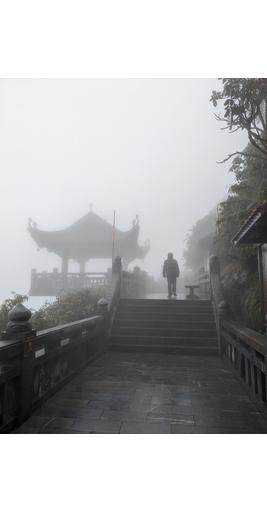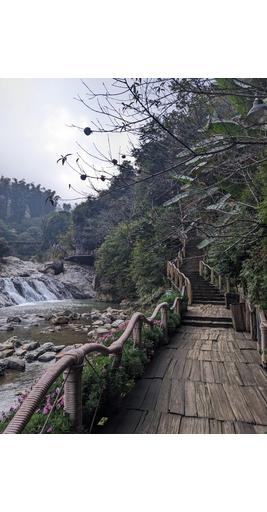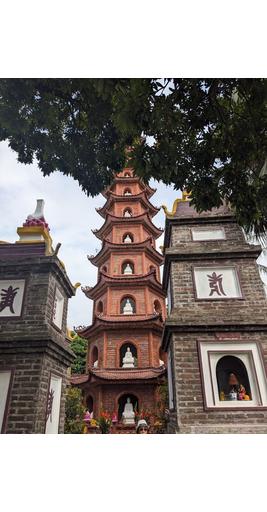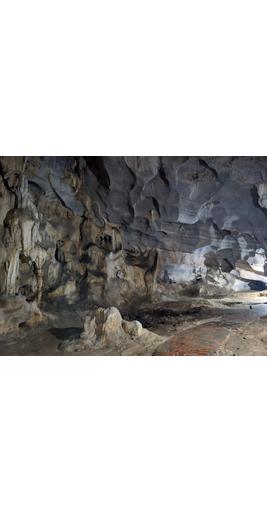Vietnam
|
|
Vietnam is a country of breathtaking landscapes, rich history, and vibrant culture. From the bustling streets of Hanoi to the misty mountains of Sapa and the serene beauty of Ninh Binh, each destination offers a unique and unforgettable experience. Whether you are an adventurer, a history enthusiast, or simply seeking a peaceful escape, northern Vietnam has something for everyone. As the capital of Vietnam, Hanoi is a city where ancient traditions meet modern life. Walking through its narrow streets, you’ll see a blend of French colonial architecture, ancient temples, and modern skyscrapers. The energy of the city is contagious, with motorbikes weaving through traffic, street vendors selling delicious food, and locals gathering in small cafés. The Old Quarter is the most famous part of Hanoi, known for its 36 streets, each traditionally dedicated to a specific trade, such as silk, silver, or lanterns. The chaotic yet charming streets are filled with food stalls, souvenir shops, and centuries-old temples. One of the best ways to explore the Old Quarter is by simply getting lost, discovering hidden alleys, and enjoying the lively atmosphere. At the heart of Hanoi lies Hoan Kiem Lake, a peaceful retreat surrounded by trees and walking paths. The lake is home to Ngoc Son Temple, which sits on a small island connected by a red wooden bridge. According to legend, the lake was once the resting place of a mythical turtle that helped an ancient emperor defeat his enemies. Early in the morning, locals gather here to practice tai chi, making it a perfect spot to experience Hanoi’s more tranquil side. Hanoi is a food lover’s paradise, offering some of the best street food in Vietnam. Must-try dishes include:
Enjoying a bowl of steaming Pho at a roadside stall while watching the world go by is an essential Hanoi experience. After the hustle and bustle of Hanoi, Sapa offers a completely different experience. Located in the Lào Cai province, near the border with China, Sapa is famous for its terraced rice fields, mist-covered mountains, and ethnic minority communities. One of the best ways to experience Sapa is through trekking. The region is home to some of the most breathtaking landscapes in Vietnam, with lush green valleys, cascading waterfalls, and traditional villages. The Muong Hoa Valley is a popular trekking route, offering stunning views of endless rice terraces that change color with the seasons. Sapa is home to several ethnic minority groups, including the Hmong, Dao, and Tay people. Each group has its own unique traditions, clothing, and way of life. Visiting a local village, such as Cat Cat Village or Ta Van Village, provides insight into their culture and allows visitors to experience handicraft weaving, traditional farming, and home-cooked meals with local families. For those seeking adventure, a trip to Mount Fansipan, the highest peak in Indochina (3,143 meters), is a must. While hardcore trekkers can hike to the top, most visitors take the Fansipan cable car, which offers breathtaking panoramic views of the surrounding mountains and valleys. Standing at the summit, above the clouds, is a truly unforgettable experience. Located just a two-hour drive from Hanoi, Ninh Binh is often called “Halong Bay on Land” because of its stunning limestone karst formations, winding rivers, and lush greenery. Unlike the busy streets of Hanoi or the rugged mountains of Sapa, Ninh Binh offers a peaceful escape into nature. One of the highlights of Ninh Binh is a boat trip through Trang An, a UNESCO World Heritage site. The journey takes you through a network of caves, rivers, and towering limestone cliffs, creating a surreal and almost otherworldly experience. The boats are rowed by local women, who skillfully navigate through the narrow waterways, past hidden temples and ancient pagodas. Another must-visit attraction is Tam Coc, which means “Three Caves.” Similar to Trang An, visitors explore the area by rowing boat, passing through rice paddies, karst mountains, and dark caves. The best time to visit is during the rice harvest season (May to June) when the fields turn golden, creating a breathtaking contrast against the green hills. For those interested in spirituality, a visit to Bai Dinh Pagoda is highly recommended. This massive Buddhist complex features hundreds of statues, giant bronze bells, and Vietnam’s largest Buddha statue. Climbing to the top of the pagoda rewards visitors with a stunning panoramic view of Ninh Binh’s landscapes. For the best panoramic view, hiking up to the top of Mua Cave is a must. The climb consists of 500 stone steps, leading to a viewpoint that offers a breathtaking 360-degree view of the surrounding rice fields, river, and limestone mountains. The effort is well worth it, especially at sunrise or sunset. From the historic streets of Hanoi to the majestic mountains of Sapa and the peaceful landscapes of Ninh Binh, northern Vietnam is a land of diverse experiences. Each destination offers something unique—the culture and chaos of Hanoi, the breathtaking scenery of Sapa, and the tranquil beauty of Ninh Binh. |




